These methods and experimental setups are used to study the rates and mechanisms of biogeochemical processes by our graduate students, researchers, and collaborators.
Locations: PHY 222, PHY 223, PHY 227, EIT 2021 and EIT 1007
Instruments/Measurement methods
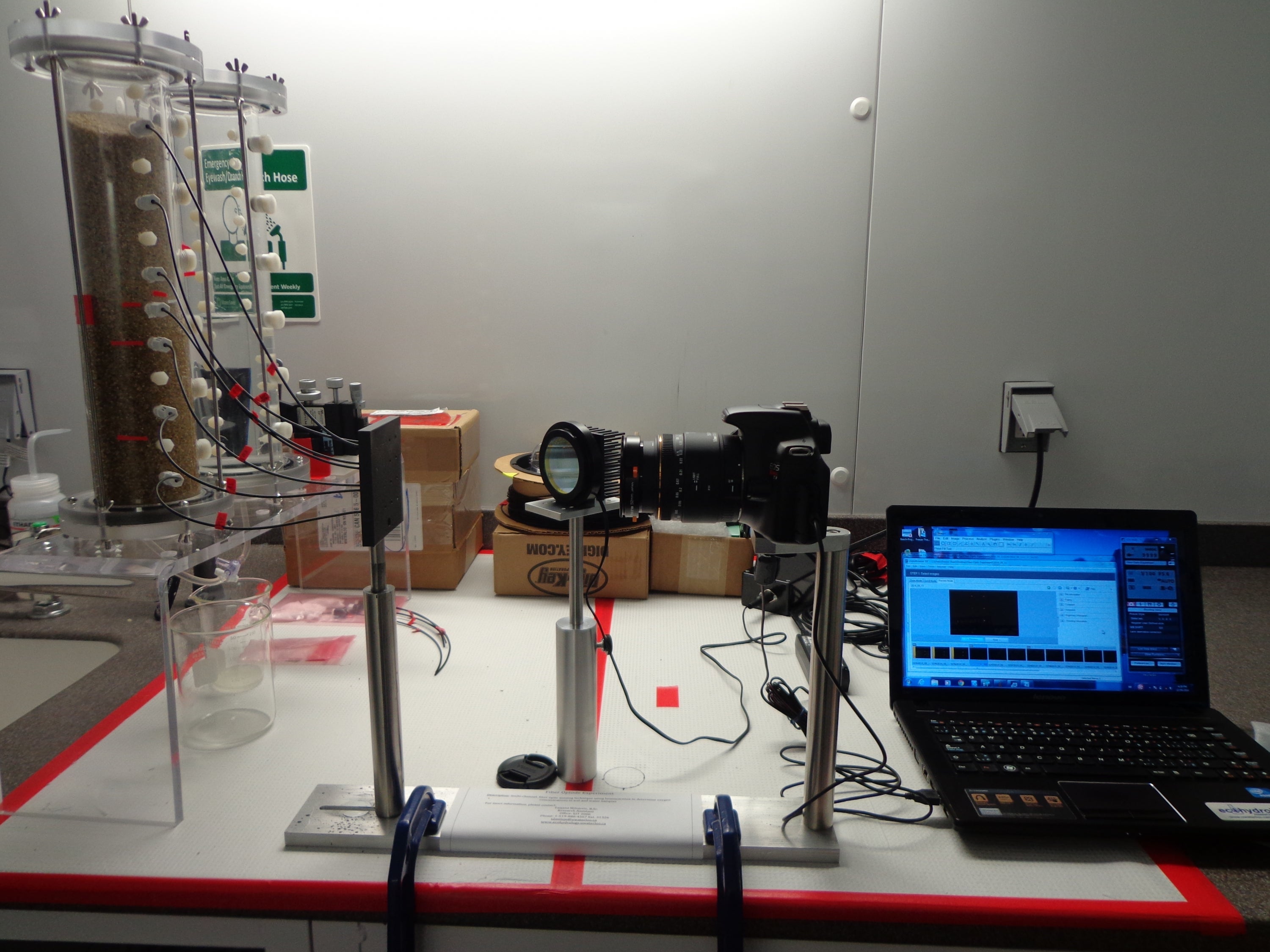
The home-built high-resolution Multi Fiber Optode (MuFO) microsensors have been used to obtain continuous measurements of oxygen concentration. Operation of the MuFO system is based on luminescence quenching of the luminophore, in this case a metal-ligand complex, in the optical sensor. This system offers an affordable and highly customizable method for continuous monitoring of soil oxygen saturation.
Automated Soil CO2 and CH4 Flux Measurement System (LI-COR LI-8100, LI-8150, LI-7810)

- The LI-8100 Automated Soil Flux System automates the collection of accurate and reliable soil CO2 flux data using an Infrared Gas Analyzer.
- The Infrared Gas Analyzer can measure carbon dioxide (CO2), methane (CH4) and water (H2O) concentrations.
- LI-8100A Analyzer Control Unit is interfaced with the LI-8150 Multiplexer, which allows one to monitor up to 16 chambers simultaneously.
- LI-7810 Analyzer analyzes CO2, H2O and CH4 concentrations
Experimental Set-ups
Automated computer-controlled soil column system
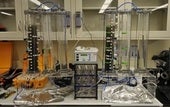
This home-built system is designed to examine time-dependent biogeochemical changes and fluxes in soil columns under controlled hydraulic conditions and well-defined initial and boundary conditions. The columns are equipped with pore water sampling ports and micro-sensors.
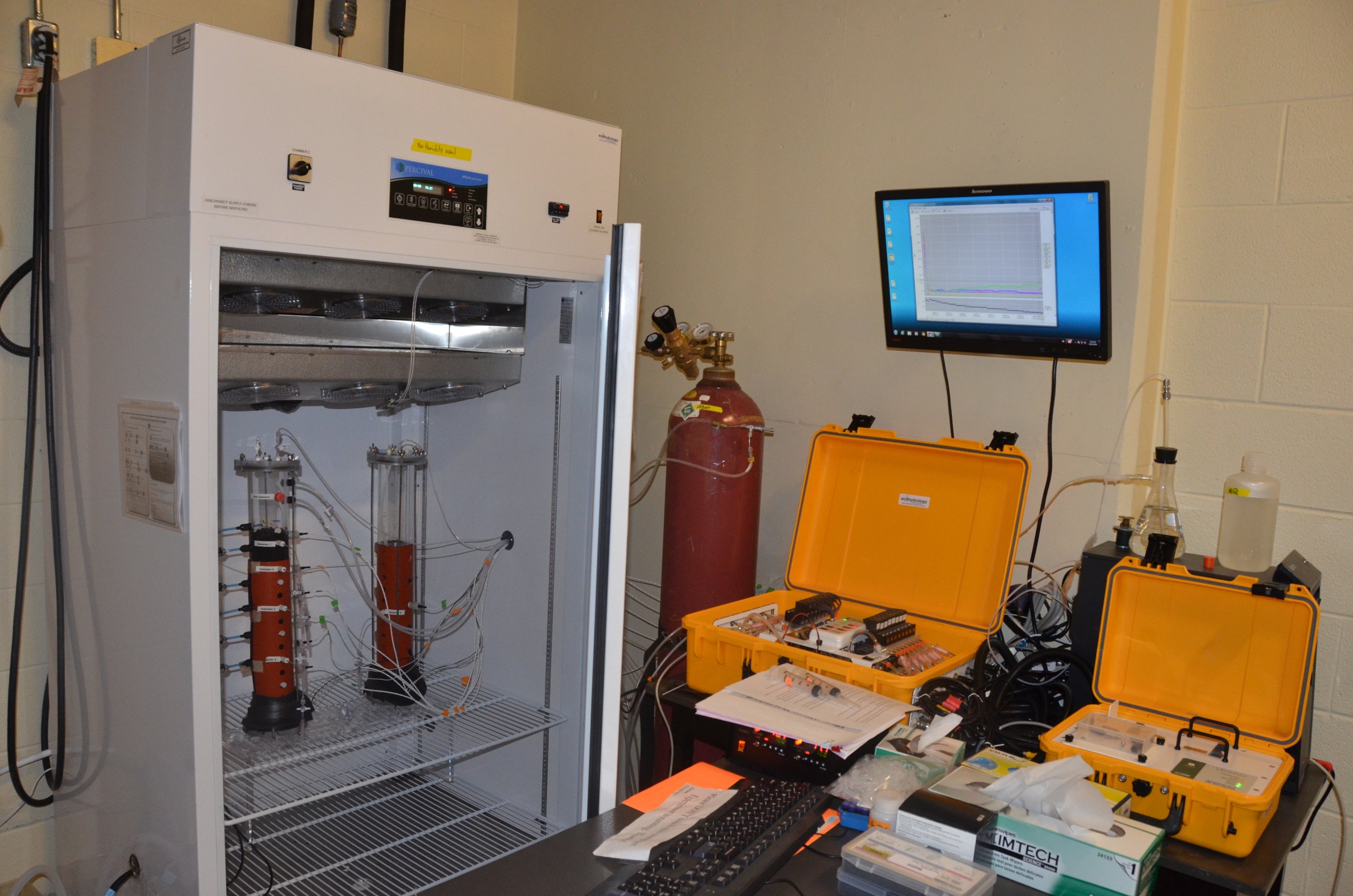
The home-built freeze-thaw soil column system simulates seasonal freeze-thaw cycles with realistic soil subsurface temperature gradients. This system is designed to examine time- and depth-dependent soil biogeochemical activity under freeze-thaw dynamics. The columns are equipped with pore water sampling ports and micro-sensors.
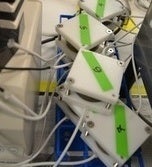
These flow-through reactors (FTRs) have been used to quantitatively assess biogeochemical reactions in variety of natural soils and sediments. The FTRs are designed to measure rates of biogeochemical reactions and yield kinetic parameters and information on reaction pathways that can be extrapolated to natural conditions.
Bioreactors (Applikon Biotechnology) x 3
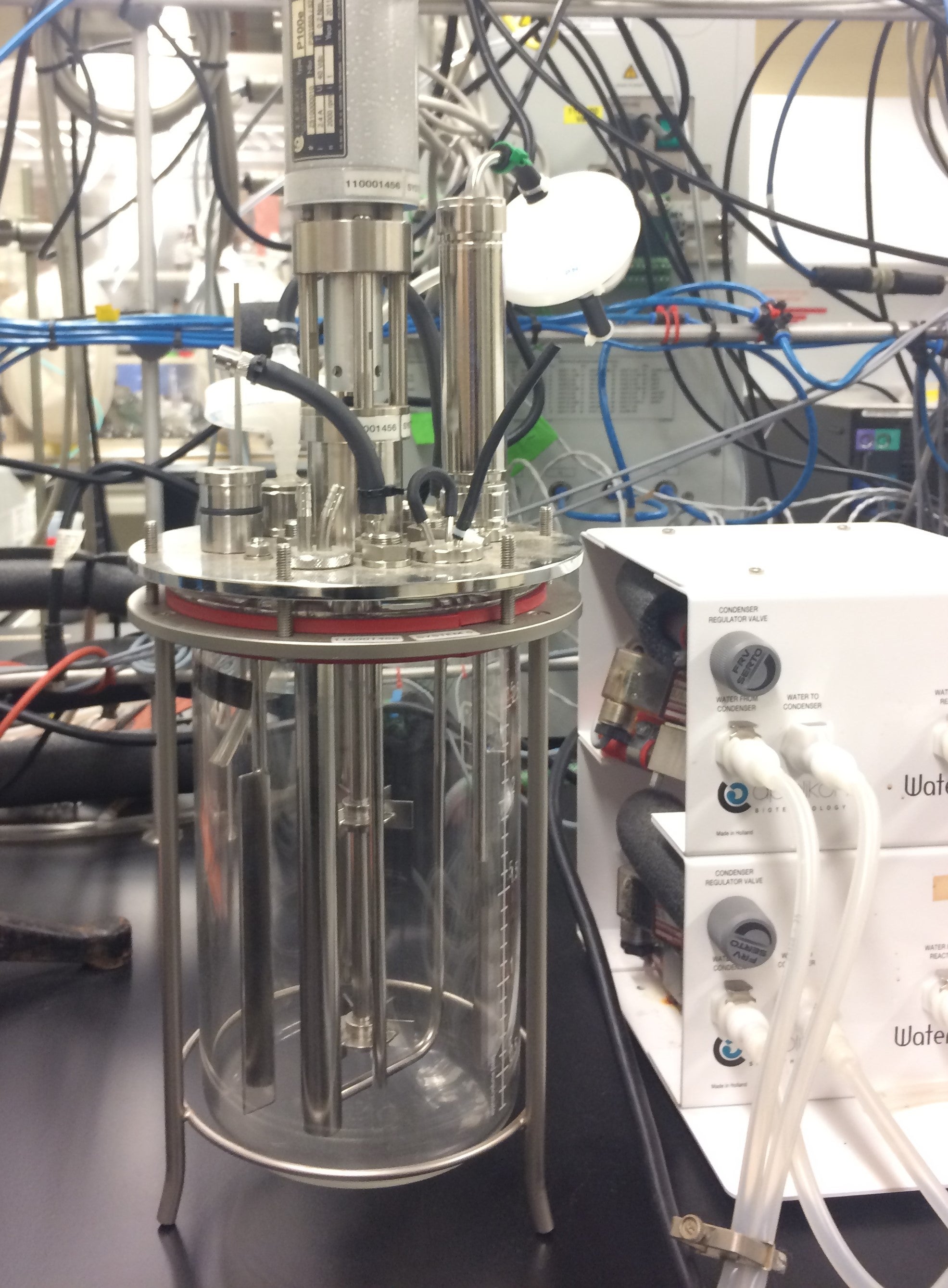
Automated flow-injection switch-box for amperometric sensors
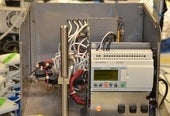
The automated flow-injection system consists of an 8-channel switch-box connected to a micro-sensor, which continuously measures the concentration of a target analyte or parameter (e.g., N2O, pH, EC). The switch box allows you to run up to 8 parallel flow-through reactor experiments.
Hyporheic Tank Systems

These home-built soil tank systems (60×50×25 cm3) have been used to mimic surface water--groundwater interactions in the hyporheric zone.
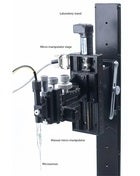
We use the Unisense Micromanipulator for precise positioning of micro-sensors to measure complete micro-profiles with high spatial resolution down to 10 µm, while on the x- and y-axis the sensor position can be manipulated with 100 µm precision. The Micromanipulator is mounted on a heavy laboratory stand for in-situ measurements, e.g. in sediments, pit soils or muddy fields.
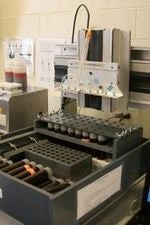
Home-built fraction collector. Pre-programmed computer-controlled water sampler.
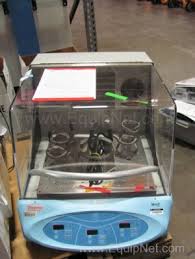
- MaxQ 7000 Benchtop Water Bath Shaker
- Bath chamber dimensions: 41 cm L x 36 cm W x 19 cm D
- Speed: 40-400 rpm ± 10 rpm
- Continuous or timed operation 1-60 minutes
- Includes cooling coil SHK7000-37
- Temperature range below ambient: 5C - 80C ± 0.5C
Shakers (Thermo Scientific) x 2
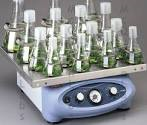
- MaxQ mini 4450CC Digital shaker
- MaxQ 2000 (large shaker)
- Continuous or timed operation
- Both operate at 40-400 rpm ± 10 rpm
Environmental chambers
These chambers provide controlled environments. Parameters include temperature, humidity, light and oxygen. Sizes range from table-top boxes to walk-in enclosures. Incubators and clean workstations are also available.
Locations: EIT 2021
Custom-built algal growth cabinet
- Innova 42R
- Location: PHY 222
- Four separate compartments - can accommodate several different algal growth experiments
- UV light control; no temp control
- Equipped with 2 platform shakers
- [shelf sizes and maximum weight]
Algal growth incubation chamber
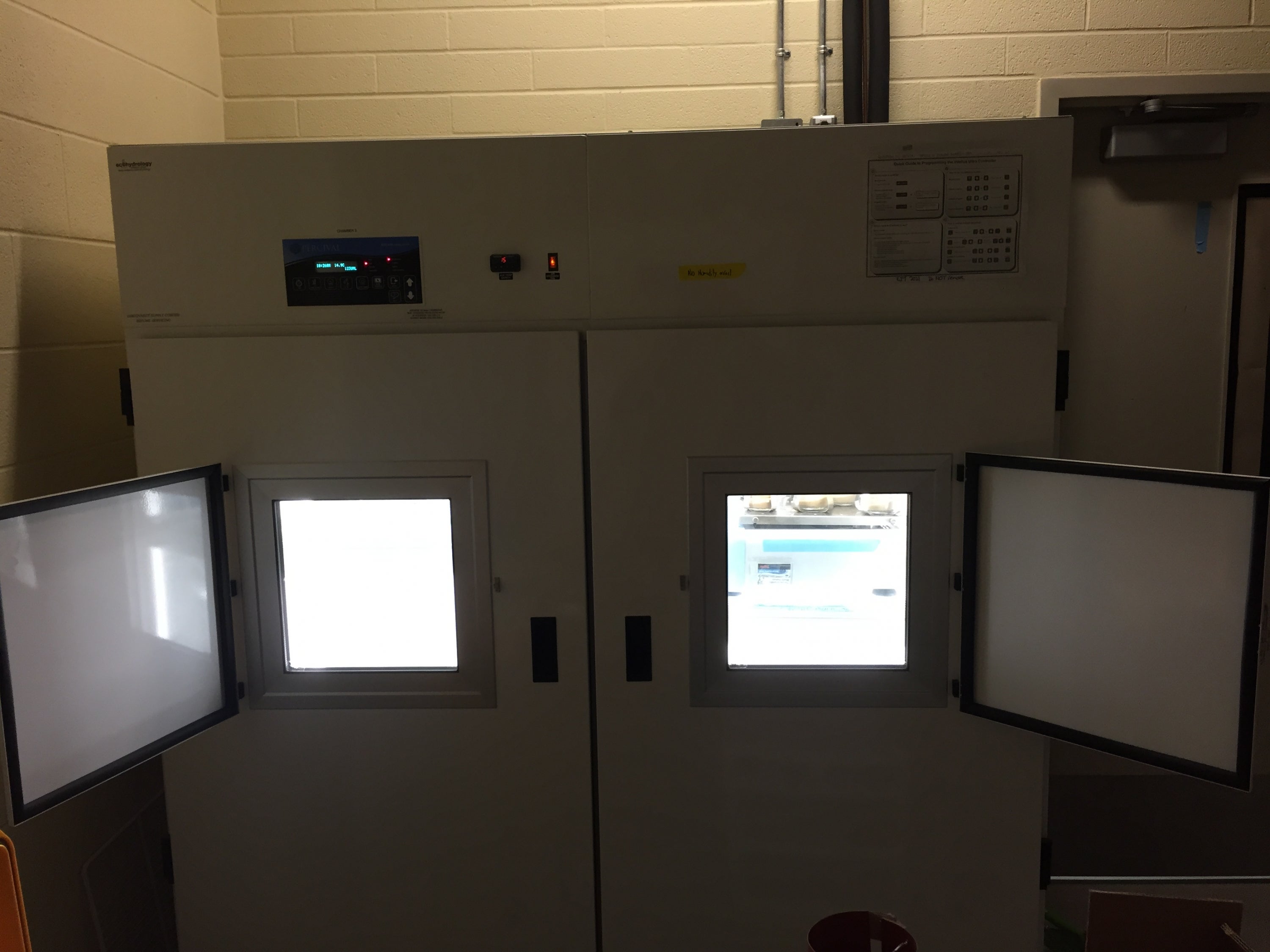
- Percival I66LLVLC9
- Location: EIT 2021 (labelled "Chamber 3")
-
For culturing green algae and diatoms
-
Exterior dimension: 66”W, 37”D, 100”H
-
Programmable and dimmable growth lighting with PAR light sensor
-
Lighting for each shelf (at least 115 µmoles/m2/s)
-
Temperature control (4 - 44˚C ± 0.5 ˚C)
-
HEPA filtered air
-
Light tight observation window
-
Internet and network capabilities; remote control, monitoring and programming
Low temperature environmental incubator x 2
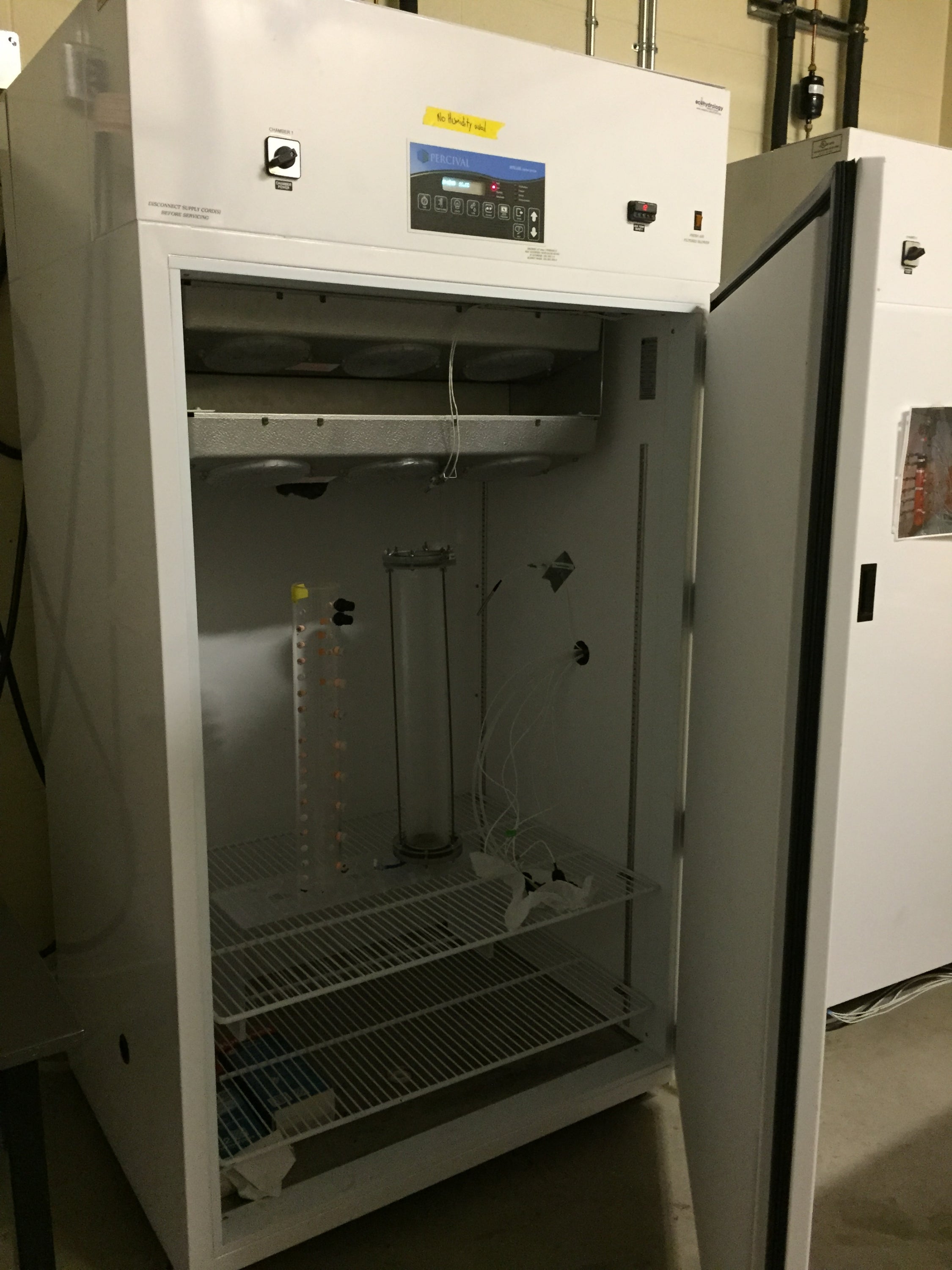
- Percival Scientific I-41NL XC9
- EIT 2021 (back wall, right)
- For freeze-thaw experiments on sediments, soils and bio-reactors
- Exterior dimension: 117”W, 39”D, 100”H
- Temperature control (-10 to +40˚C ± 0.5˚C)
- Constant temperature (i.e., dual coil cooling system)
- HEPA filtered air
- Maximum shelf weight = 65 kg
- Internet and network capabilities; remote control, monitoring and programming
Walk-in environmental chamber
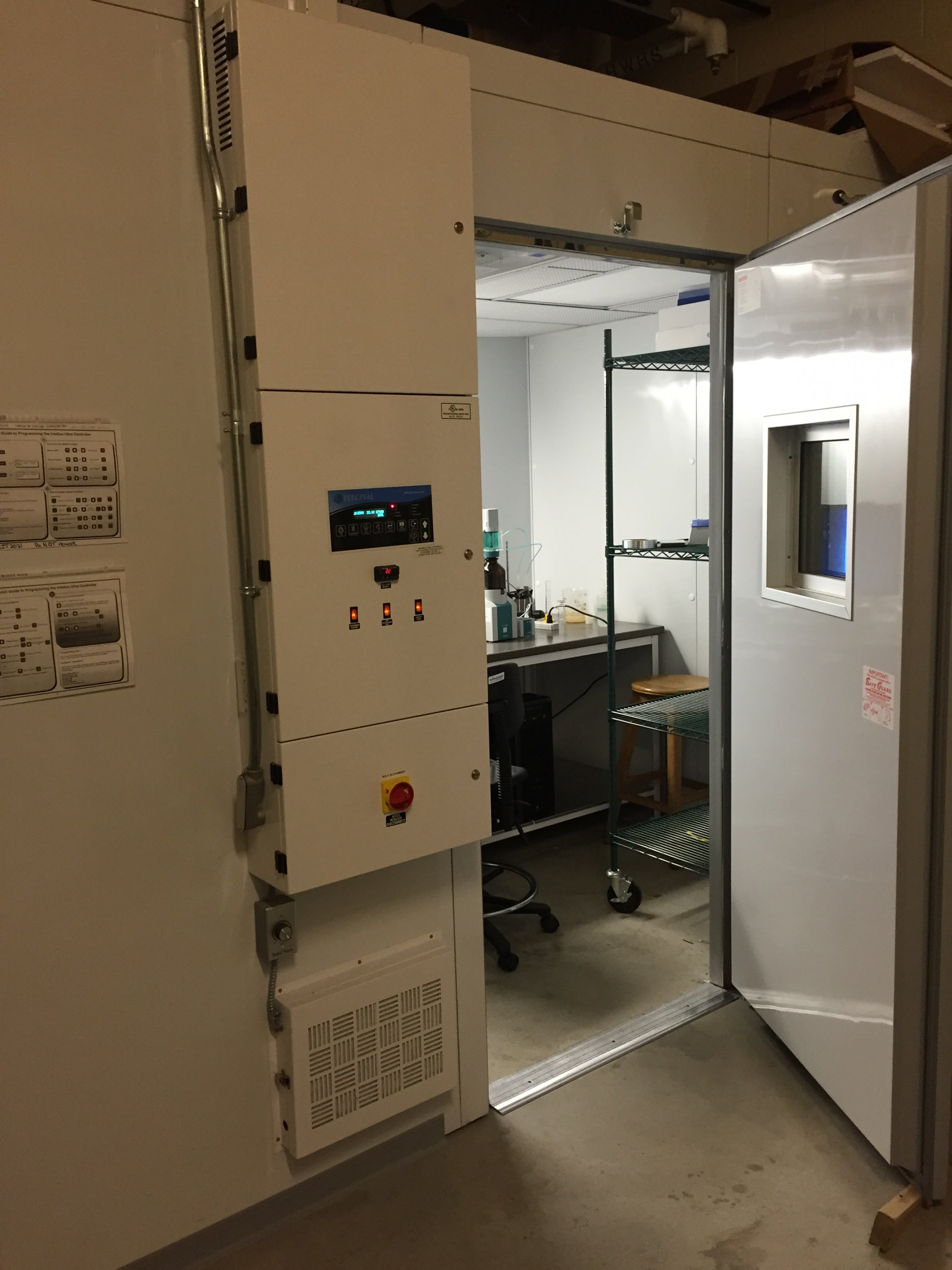
- Percival Scientific CTH-118
- Location: EIT 2021
-
For long-term experiments using sediments, soils and bio-reactors
-
Exterior dimension: 130”W, 90”D and 100”H
-
Bench work space the width of the chamber (about 36” deep) able to support 65 kg max.
-
Sink with tap water and D.I. water supply
-
Programmable and dimmable growth lighting with PAR light sensor
-
Temperature control (4 - 40˚C ± 0.5˚C)
-
Humidity control (40 - 50% ± 0.5%)
-
HEPA filtered air (top-down flow to minimize contamination); condensing units housed outside
-
Internet and network capabilities; remote control, monitoring and programming
Microbial Manipulations
Autoclave
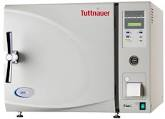
- Location: PHY 221
- Tuttnauer model 3850E Electronic Tabletop Autoclave with two trays
-
28 cm W x 50 cm D x 2.5 cm H
-
35 cm W x 50 cm D x 2.5 cm H
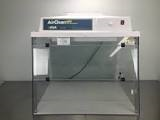
- Provides a clean work area during PCR preparation.
- The unit also includes a 254 nm ultraviolet light to sterilize tubes, flasks and pipelines between amplifications.
- Internal dimensions: 47" W x 23" D x 29" H